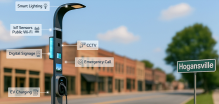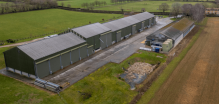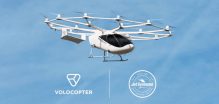Lead author, and chemist of the National Institute of Advanced Industrial Science and Technology (AIST) Nanomaterials Research Institute, Eijiro Miyako believes the introduction of the sticky, insect drones could completely revolutionize the agricultural industry. He said: "The findings, which will have applications for agriculture and robotics, among others, could lead to the development of artificial pollinators and help counter the problems caused by declining honeybee populations."
He outlined how he stumbled across the idea following a failed experiment a decade ago. Miyako conducted an experiment with liquids that could be used as electrical conductors. However, one failed attempt produced a sticky gel, similar to hair wax - which he relegated to a storage cabinet for ten years. During a lab clean-up, he rediscovered the gel, and its unchanged nature led him to an idea.
He began experimenting with houseflies and ants, applying the gel to them to see if it could help pick up pollen from tulips in a box. It worked. Then he moved to drones, coating them with horsehair to mimic a bee's fuzzy coating. He added the gel to their undersides and flew them over pink-leaved Japanese lilies.
The scientist added: "The robots absorbed the pollen and then could be flown to a second flower, where the grains were deposited, artificially pollinating the plants and causing them to begin the process of producing seeds."
The US recently declared and listed the rusty patched bumblebee as an endangered species - and colony collapse continues to spread all over the world due to aforementioned combinations of climate change and disease. It is estimated that pollinators contribute $15 billion to the value of US crop production on a yearly basis - and they are required for one-third of edible crops all over the world.
Miyako concluded by saying: "We believe that robotic pollinators could be trained to learn pollination paths using global positioning systems and artificial intelligence."


















